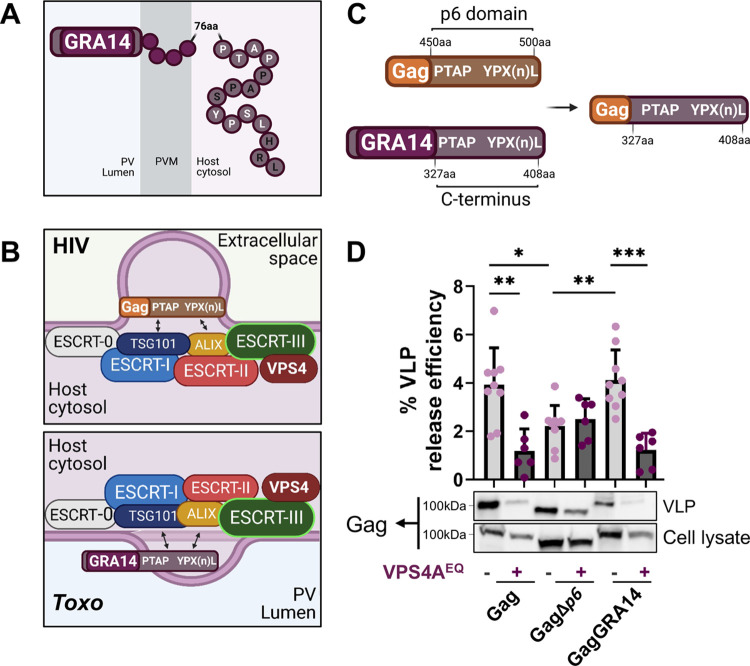Fig 2. The GRA14 C-terminal domain facilitates ESCRT-dependent release of VLPs.
A. Schematic of TgGRA14 topology at the PVM. The TgGRA14 C-terminus encoding the late domain motifs PTAP and YPX(n)L is exposed to the host cytosol whereas the N-terminus is exposed to the PV lumen. B. Schematic representation of the predicted recruitment of the ESCRT recruitment by TgGRA14 through the late domain motifs in comparison with their known function in HIV-1 budding. The PTAP and YPX(n)L motifs can mediate interactions with host ESCRT-I components TSG101 and the ESCRT accessory protein ALIX, respectively. C. Experimental design for the substitution of the HIV-1 Gag p6 domain for the TgGRA14 C-terminus portion encoding late domain motifs to generate the GagGRA14. aa, amino acid. Note that the aa numbering in the hybrid Gag/GRA14 is for GRA14. D. Analysis of VLP release by HIV-1 Gag, GagΔp6 and GagGRA14. Representative immunoblots of VLP release include top: VLP release sample (100%) and bottom: cellular lysate sample (4%). The role for the ESCRT machinery in GagGRA14 release was assessed by disruption of the ESCRT machinery using the VPS4A dominant negative form (VPS4AEQ). Data represents the mean from ≥ 3 biological replicates. Statistical analysis was by Student’s t-test. Only statistical differences are shown. *p<0.05, **p<0.01, ***p<0.001.

